Cola Can Battery
Cola can drinks are known to give you an energy boost, but what some people don't know is they can give you an electrical boost too. In this article we're going to show you how to make a cola can battery.
Materials:
- A can of cola
- A copper coin
Tools:
- Can opener
- Crocodile clips
- Wire wool
Cut off Top
Open your can of cola and pour the contents into a cup, put it to one side we'll be using it in awhile. Now using a can opener cut off the top of the can, put the top to one side. I'll show you a use for that in another article. Now clean and dry the inside of the can.
Remove Plastic Coating
The inside of the can has a protective plastic coating that we need to remove, so use your wire wool and get scrubbing. I found a way to speed this process up was to use a drill. Stuff a load of wire wool into the can and use a spade bit to rapidly turn it. Be careful not to apply too much pressure as you don't want to go through the can. Make sure you clear out any left over wire wool before you move on.
Complete Battery Setup
Pour the contents from the cup back into the
can. Take one of your crocodile clips and attach it to your copper coin,
then dip it into the drink. Attach another clip to the top of the cola
can. If we take a reading we can see that we're producing some voltage.
More Power
To increase the voltage we can add a bit of salt, we can also connect our cans in series. Now we've got enough electricity to power a small LED.
Your not going to power your home anytime soon, but having a way to produce electricity from the things around you is always a cool skill.
Next we're going to show you how to get even more power out of your setup, with a small adjustment.
Even More Power
This cola drink can is empty and has been prepared like before. But look what happens when I add drain cleaner instead of cola.
As you can see one can alone produces 2 volts. If your going to re-create this your best doing it in a well ventilated area.
Get You Mobile Lab Moving Again
Again adding the cans in series produces more voltage, but this time it's at a more usable value. Now if your mobile lab breaks down in the desert you'll be able to charge the battery.
To view the full article visit our main site.



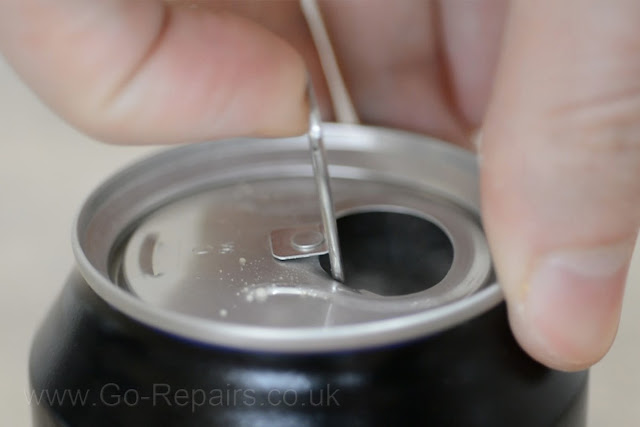


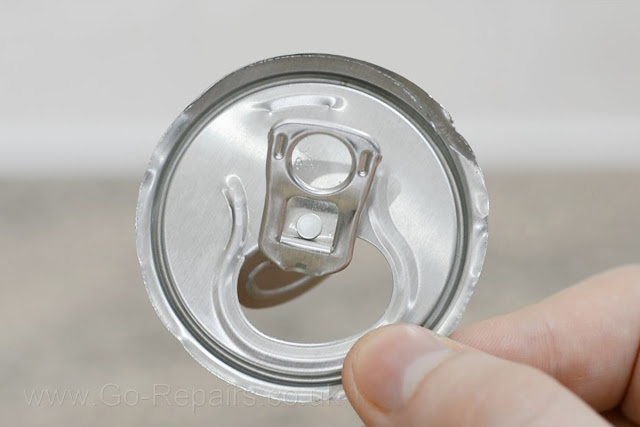


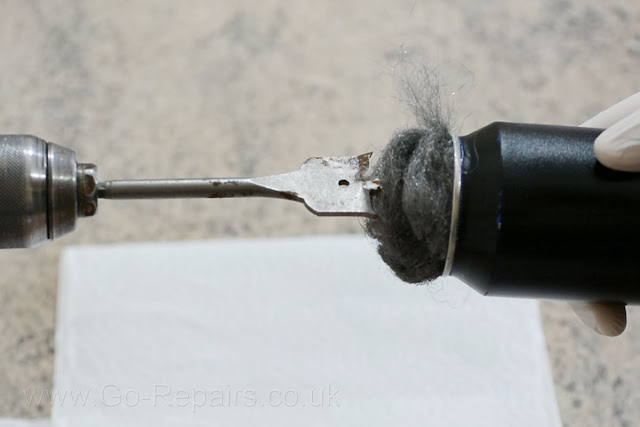


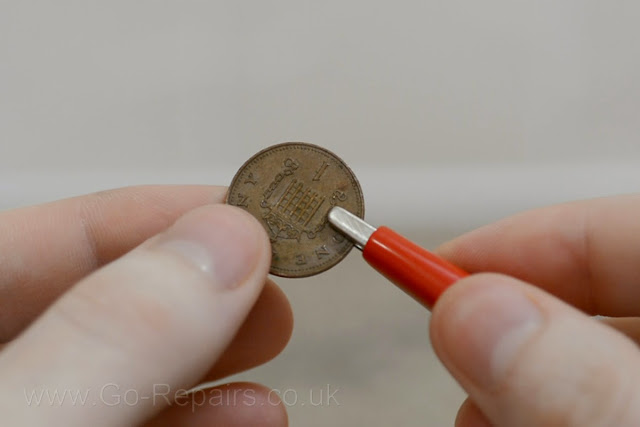

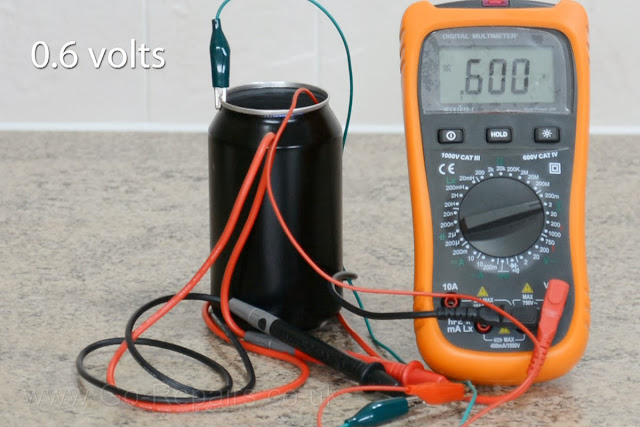








No comments:
Post a Comment